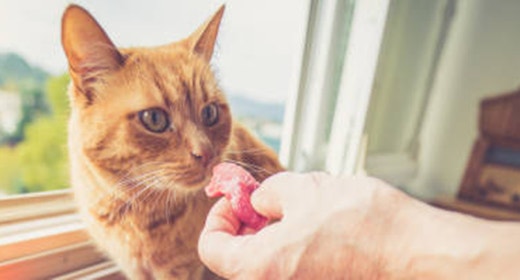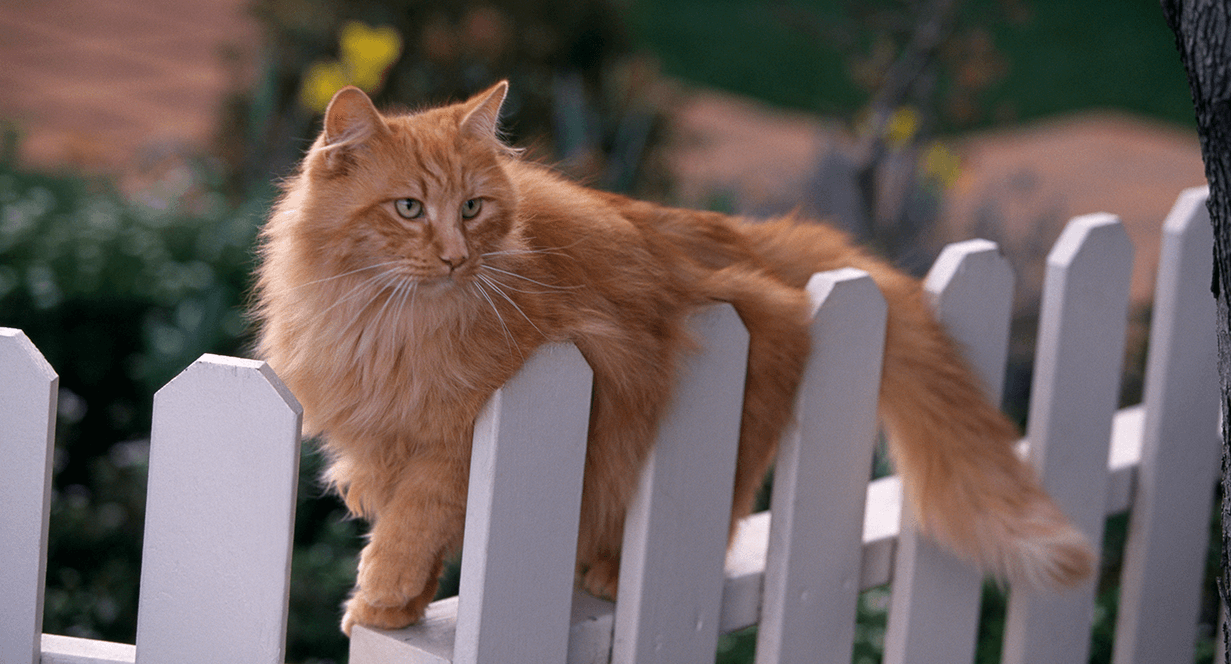Deciding when and how you should change your cat's diet takes some planning. Because cats are creatures of habit, it is not uncommon for them to prefer their current cat food to a new food. They, like humans, become accustomed to something, such as a particular food, and may not welcome a disruption to their routine.
Tips for Successfully Changing Your Cat’s Diet
The following tips should help you change your cat's diet and successfully transition your cat to a new food:
- Introduce the new food gradually. This is the most successful way to ease your cat into the diet change. Start by mixing 25% new food with 75% current food. Slowly change the proportions over the next three days or so by gradually increasing the amount of new food and decreasing the amount of current food. At the end of this weaning process, you should be feeding 100% of the new food. You may encounter difficulties; for example, your cat might choose to eat only the old food, or not eat at all. However, a healthy cat can miss meals for a day or two with no ill effects.
- Watch your body language. Bringing a new food into your home, placing it into a bowl, and declaring that your cat had better eat it might cause your cat to go on an eating strike. It is better to introduce the new food to the cat using a pleasant tone of voice. Gently encourage the cat to try the new food.
- Don't give in to demands. It is important not to give up too soon. During the initial two-day period, do not give your cat treats or table scraps! Cats train us as much as we train them. Giving in to their demands only reinforces refusal behavior and makes it more difficult to make a nutritious dietary change.
- Expect a challenge when changing from a moist food to a dry food. The biggest challenge in switching diets occurs when changing from a moist food to a dry food. If your cat continues to resist eating dry food, mix a little warm water with it. You may even want to put the moistened food in the microwave for a few seconds. If you mix the food with water it is important to discard the uneaten portion after 20 minutes. This prevents spoilage. The same rule applies for canned food. After the cat has become accustomed to the moistened food, you can wean him or her onto the dry food.



